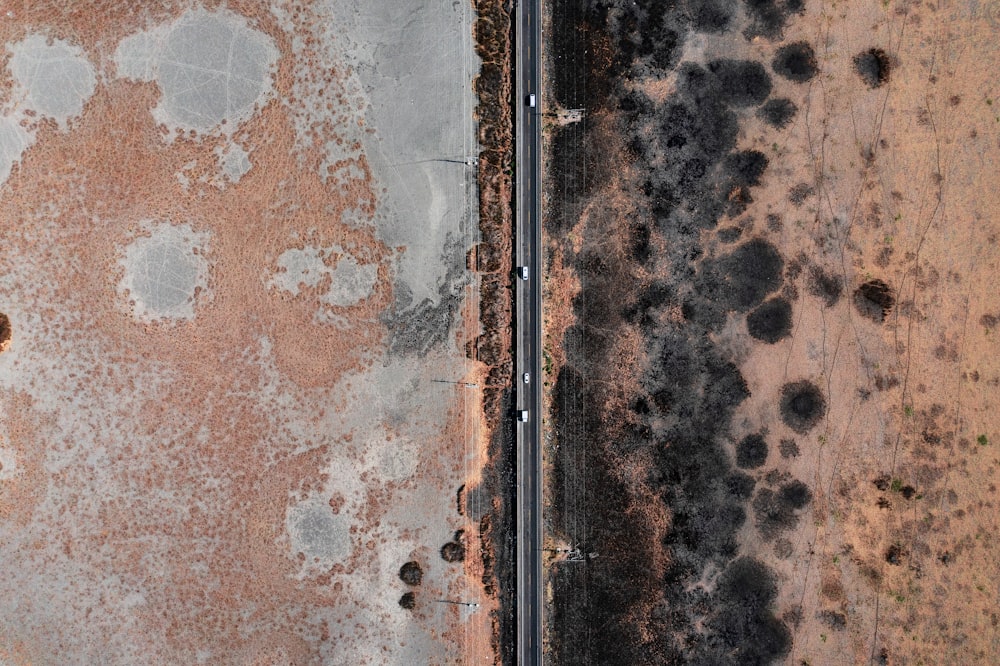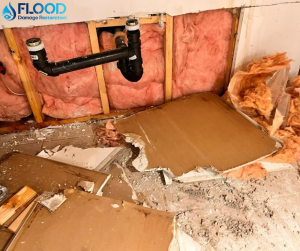
Mold is a common issue that many households and workplaces face. It can be found in various areas, such as basements, kitchens, and even office buildings. One type of mold that is particularly concerning is black mold. In this comprehensive guide, we will discuss the prevention, identification, and removal of black mold to ensure the safety and well-being of your home or office.
What is Black Mold?
Black mold, also known as Stachybotrys, is a type of toxic fungus that can appear in damp areas of your house. Its distinct dark color sets it apart from other types of mold. However, contrary to popular belief, black mold is not inherently more toxic than other molds. All molds can produce toxins and should be promptly removed when discovered.
Causes of Black Mold
Black mold can originate from various sources. It thrives in damp areas with a high cellulose content, such as cardboard, paper items, and even certain foods like nuts. Additionally, black mold can grow in warm, wet areas of the house, including basements, showers, crawlspaces, and especially on windows. Improper ventilation or leaky pipes can contribute to its growth.
To determine if your house has a moisture problem, check the humidity levels. High humidity is often indicative of a moisture problem. Musty smells and lingering household odors can also suggest mold or mildew. Frost and ice on cold surfaces from condensation are signs of excess moisture in the air.
Potential Health Risks of Black Mold
Exposure to black mold and its mycotoxins can lead to various health symptoms and issues. The severity of the effects may vary depending on individual sensitivity and the extent of exposure. Common health problems associated with black mold include respiratory issues, allergic reactions, respiratory infections, and even toxic effects on the neurological system.
Individuals with asthma, allergies, or compromised immune systems may experience exacerbated symptoms and should take black mold infestations seriously. While not all black molds are toxic, it is recommended to address any black mold infestations promptly to prevent further growth and potential health hazards.
Identifying a Black Mold Infestation
Identifying black mold can be challenging, as it is difficult to see with the naked eye. The first clue may come from symptoms of exposure, such as nasal congestion or coughing. However, only a trained professional can accurately diagnose the presence of black mold through a thorough analysis.
Another sign of a black mold infestation is a musty smell. Most species of mold and mildew can affect air quality and cause a musty smell throughout your home. If you can physically see the mold in your home, it is likely severe enough to warrant the assistance of a professional mold removal team.
Removing Black Mold: DIY Methods and Professional Assistance
If your mold infestation is mild, there are a few things you can do to help get rid of it. However, it is important to note that DIY methods may not be sufficient for severe infestations. In such cases, it is advisable to seek professional assistance from a mold removal team.
When attempting to remove black mold yourself, it is crucial to wear Personal Protective Equipment (PPE) to protect yourself from mold spores. Scrubbing the moldy surfaces with a mixture of bleach and water can kill the mold spores and disinfect the area. Alternatively, using white vinegar can also be effective in removing mold. Specific mold removal products are available in the market and can be used according to the instructions provided.
However, if your attempts to remove the mold are ineffective, it is essential to call a professional mold removal team. They have the expertise and equipment to thoroughly remove the mold and ensure the safety of your home.
Preventing Future Black Mold Infestations
To prevent the recurrence of black mold, it is crucial to identify potential sources of moisture within your home’s walls and eliminate them. Address any existing structural issues, such as leaky pipes or cracks in the foundation, that allow humidity and moisture into your home. Proper ventilation and regular maintenance can go a long way in preventing future black mold infestations.
Frequently Asked Questions About Black Mold
Q: What happens if you breathe in black mold?
A: Inhaling or touching mold spores can cause allergic reactions, including sneezing, runny nose, red eyes, and skin rash. Individuals with serious mold allergies may experience more severe reactions, including shortness of breath. Prolonged exposure to large amounts of mold can lead to chronic allergy-like symptoms and even more serious side effects in individuals with compromised immune systems.
Q: What happens if you touch black mold?
A: Touching black mold can cause various health issues, ranging from allergies to more severe medical conditions. The effects of touching black mold can vary depending on individual sensitivity and the extent of exposure.
Q: Can black mold kill you?
A: In most cases, black mold does not directly cause death. However, individuals with respiratory issues, the elderly, and young children are at a higher risk of mold-related illness. It is crucial to address black mold infestations promptly to prevent potential health risks.
Q: What does black mold look like?
A: Black mold is dark in color, often appearing slimy and wet. It grows in small clusters, resembling dots. Visible water damage and a musty smell are common indicators of black mold.
Conclusion
Black mold is a concerning issue that can pose health risks if not addressed properly. While not inherently more toxic than other molds, black mold should be taken seriously and removed promptly. Preventing future black mold infestations requires identifying and eliminating sources of moisture within your home. If you suspect a black mold infestation, it is advisable to seek professional assistance to ensure thorough removal and mitigate potential health hazards.
Uncertain whether you are dealing with Mold? Get Flood Damage Restoration for Mold Removal and Remediation help today!



